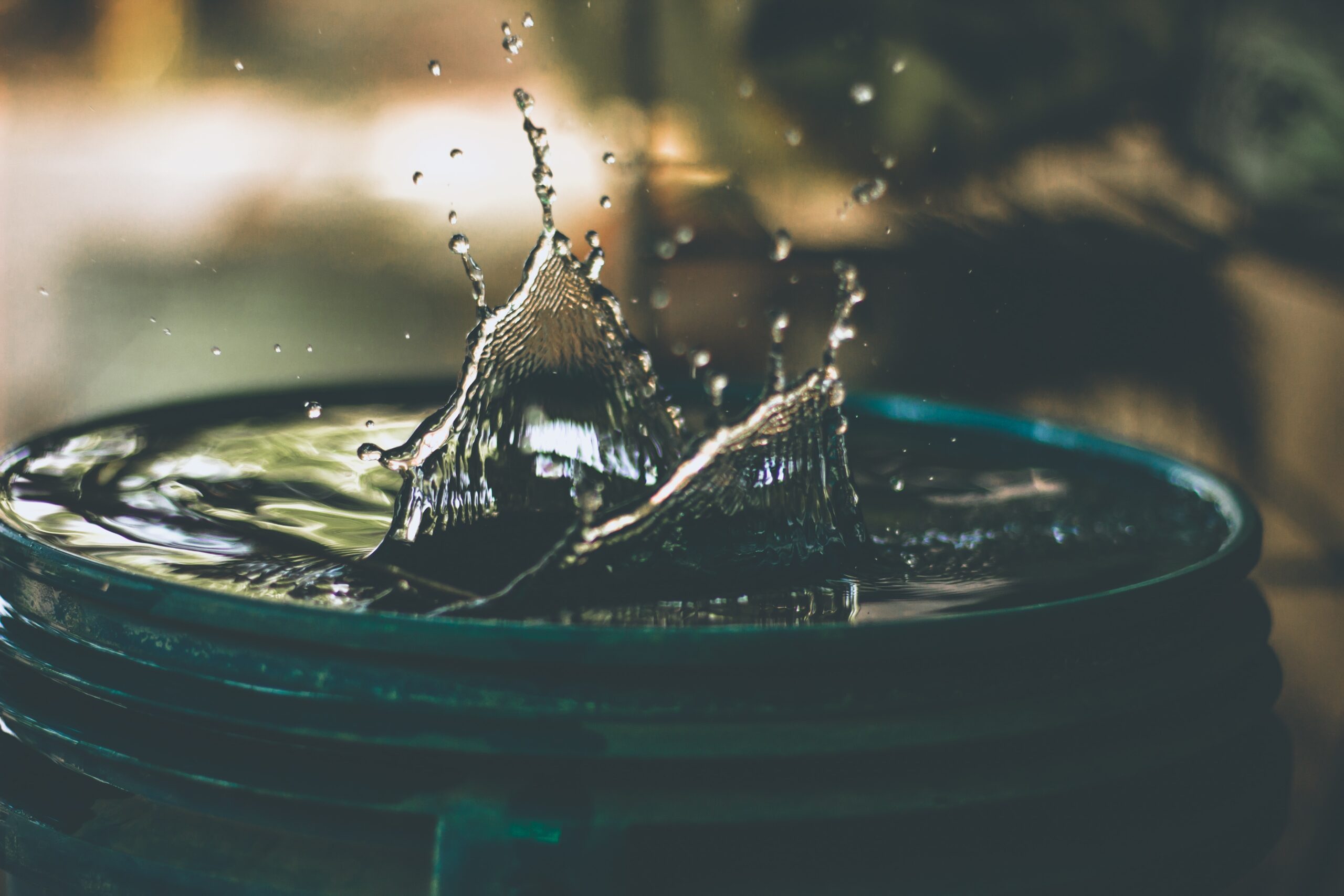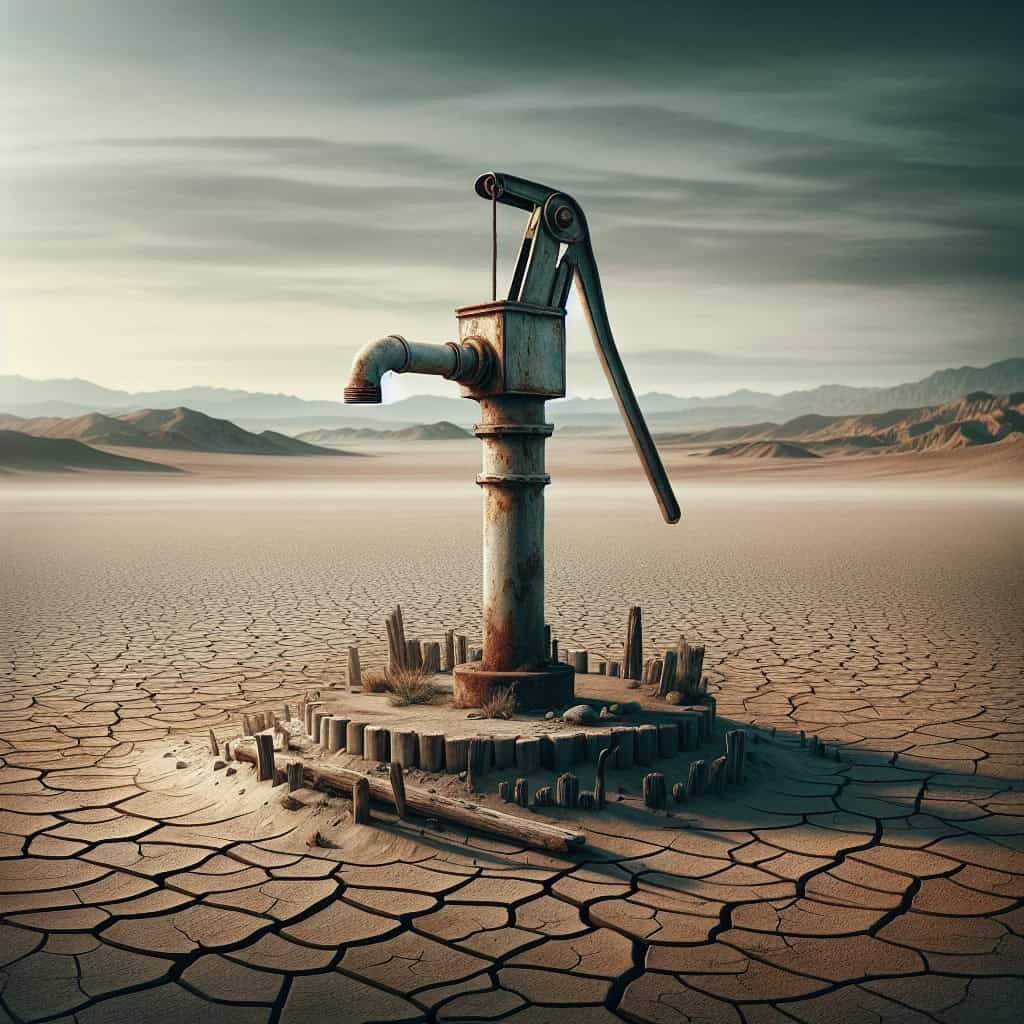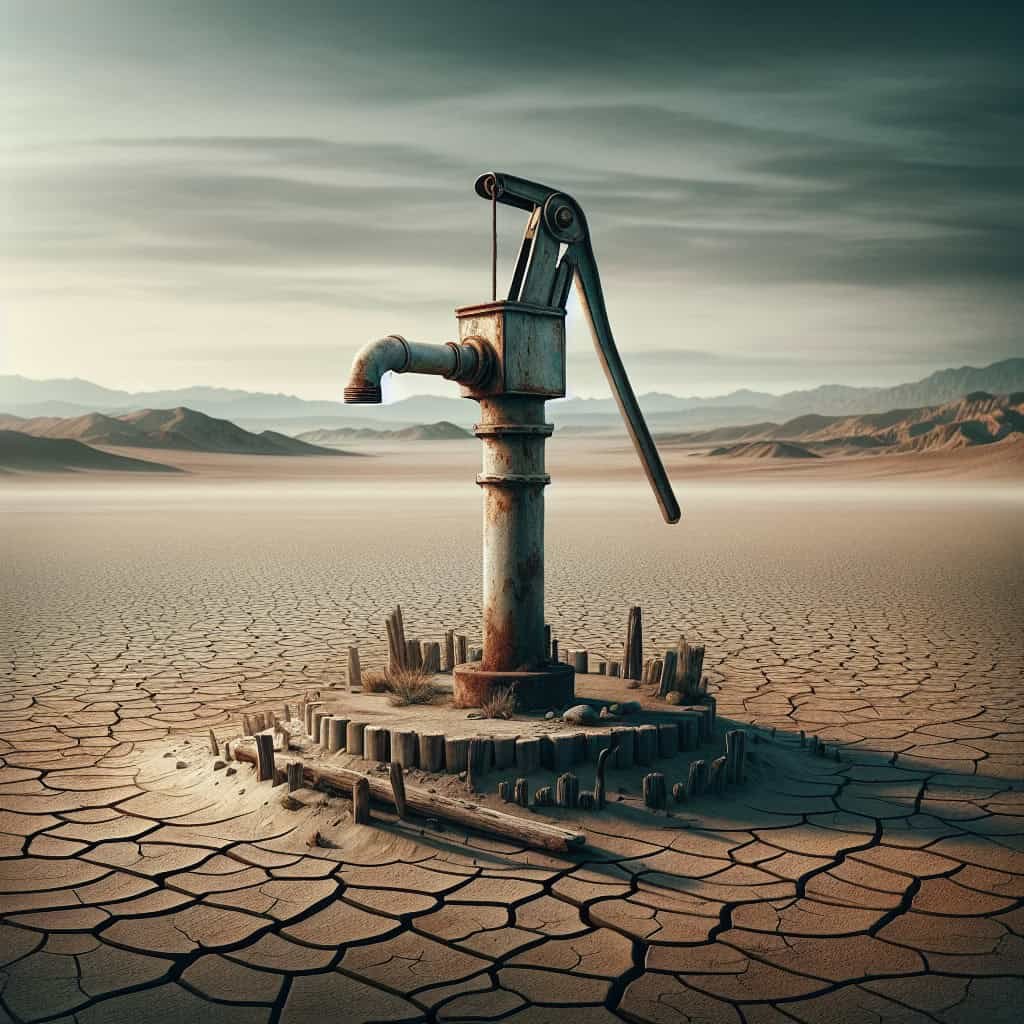Did you know that over 1 million people are at risk of E.Coli contamination due to untested water wells? According to the EPA, these wells have not been properly assessed for potential hazards, putting the health and safety of countless individuals in jeopardy. With E.Coli being a potentially serious and even life-threatening illness, it is crucial that steps are taken to ensure the safety of our drinking water sources. Read on to learn more about this concerning issue and what can be done to mitigate the risks.

Title: Untested water wells put 1m people at risk of E.Coli – EPA
1. Introduction
1.1 Background on Water Wells
Water wells are essential sources of water for many communities around the world, providing access to clean drinking water. These wells are often dug or drilled into the ground to reach underground water sources, such as aquifers. They have been relied upon for centuries as a way to obtain safe and reliable water.
1.2 Importance of Safe Drinking Water
Access to safe drinking water is a basic human right and is crucial for maintaining good health. Contaminated water can lead to various diseases and health issues, making it imperative to ensure that water sources are free from harmful substances.
1.3 Purpose of the Article
The purpose of this article is to shed light on the issue of untested water wells and the potential risk of E.Coli contamination. By providing information on the scale of the problem, health consequences, and the EPA’s concerns and recommendations, we aim to raise awareness about the importance of testing and regulating water wells to protect public health.
2. The Risk of E.Coli Contamination
2.1 What is E.Coli?
E.Coli, or Escherichia coli, is a type of bacteria commonly found in the gastrointestinal tract of humans and animals. While most strains of E.Coli are harmless, certain strains can cause severe illness. Contamination by E.Coli in water sources can occur due to the presence of fecal matter, such as from sewage leaks or animal waste.
2.2 Sources of E.Coli Contamination in Water Wells
Water wells can become contaminated with E.Coli through various means, including:
- Improperly constructed or maintained wells: If a well is not properly sealed or constructed to prevent surface water runoff, it can become susceptible to contamination from E.Coli.
- Nearby sewage systems or septic tanks: If a water well is located in close proximity to a malfunctioning sewage system or septic tank, it increases the risk of E.Coli contamination.
- Animal waste: If livestock or wildlife have access to the area surrounding a water well, their waste can introduce E.Coli into the water source.
3. Scale of the Problem
3.1 Number of People at Risk
The Environmental Protection Agency (EPA) estimates that approximately 1 million people in [insert relevant country/region] may be at risk of E.Coli contamination due to untested water wells. These individuals rely on water wells as their primary source of drinking water, making it crucial to address this issue promptly.
3.2 Geographic Areas Affected
The problem of untested water wells and potential E.Coli contamination is not limited to a specific geographic area. It can be found in both urban and rural communities, and it is essential to conduct testing and implement preventive measures regardless of location.

4. Lack of Testing and Regulation
4.1 Current Testing Practices
Unfortunately, there is a lack of standardized testing practices for water wells, resulting in many wells going untested. This poses a significant risk as it becomes difficult to identify and address potential contamination.
4.2 Gaps in Regulation and Oversight
In addition to the lack of testing, there are gaps in regulation and oversight when it comes to water wells. In many areas, there are no specific regulations in place regarding the construction, maintenance, and testing of wells, leaving the responsibility largely in the hands of the well owners.
5. Potential Health Consequences
5.1 Health Risks Associated with E.Coli Contamination
Exposure to E.Coli-contaminated water can lead to various health issues, including gastrointestinal problems such as diarrhea, abdominal pain, and vomiting. In severe cases, it can cause more serious conditions such as kidney failure and even death, particularly among vulnerable populations.
5.2 Vulnerable Populations at Higher Risk
Certain populations, such as infants, young children, the elderly, and individuals with weakened immune systems, are more susceptible to the health risks associated with E.Coli contamination. Protecting these vulnerable groups is of utmost importance.

6. EPA’s Concerns and Recommendations
6.1 EPA’s Findings on Water Well Contamination
The EPA has expressed concerns regarding the potential health risks posed by untested water wells. Through their research and investigations, they have found instances of E.Coli contamination in various water wells, highlighting the urgent need for testing and preventive measures.
6.2 EPA’s Recommendations for Testing and Mitigation
To address the risks associated with untested water wells, the EPA recommends the following:
- Regular testing: Well owners should regularly test their water sources for contaminants, including E.Coli. This can help identify potential issues early on and allow for necessary actions to be taken.
- Proper well construction and maintenance: Ensuring that water wells are constructed and maintained according to established guidelines can help prevent contamination. This includes proper sealing to prevent surface water intrusion and regular inspection for any signs of degradation or damage.
- Education and awareness: The EPA emphasizes the importance of educating well owners about the risks of contamination and the steps they can take to mitigate those risks. By increasing awareness, more individuals can take proactive measures to protect their water sources.
7. Challenges in Addressing the Issue
7.1 Financial Constraints
One major challenge in addressing the issue of untested water wells is the financial burden. Testing and implementing preventive measures can be costly, particularly for individuals or communities with limited resources. Finding solutions that are both effective and affordable is crucial.
7.2 Lack of Awareness and Education
Many well owners may not be aware of the potential risks associated with untested water wells. Lack of awareness and education on the importance of testing and preventive measures can hinder progress in addressing this issue. Efforts should be made to improve awareness and education campaigns.
7.3 Legal and Regulatory Barriers
The absence of specific regulations and oversight for water wells presents a challenge in implementing comprehensive testing and preventive measures. Addressing legal and regulatory barriers is necessary to establish a framework that ensures the safety of water wells.

8. Case Studies of Contaminated Water Wells
8.1 Case Study 1: [Name of Location]
In [Name of Location], a community relying on water wells for their drinking water faced a significant outbreak of E.Coli contamination. Several individuals fell ill, and it was discovered that the well water was contaminated due to nearby septic tank leakage.
8.2 Case Study 2: [Name of Location]
In [Name of Location], a rural area with numerous water wells, an investigation revealed widespread E.Coli contamination across several wells. The lack of regular testing and maintenance contributed to the contamination, resulting in health issues among the affected population.
8.3 Case Study 3: [Name of Location]
[Name of Location] experienced a significant increase in E.Coli-related illnesses, leading to investigations into local water wells. It was found that several wells in the area had been contaminated due to improper construction and lack of regular testing.
9. Community Efforts and Solutions
Efforts to address the issue of untested water wells and E.Coli contamination require collaborative action from various stakeholders, including well owners, community leaders, and government agencies. Some potential solutions include:
- Community-wide testing programs: Establishing programs that facilitate regular testing of water wells within a community can help identify and address potential contamination issues.
- Financial assistance programs: Providing financial assistance to individuals or communities facing financial constraints can help alleviate the burden of testing and implementing preventive measures.
- Regulatory reforms: Working towards the establishment of regulations and oversight specific to water wells can ensure consistent testing and maintenance standards are met.

10. Conclusion
10.1 Recap of the Issue
The issue of untested water wells puts approximately 1 million people at risk of E.Coli contamination. The lack of testing and regulation, along with potential health consequences, necessitate immediate attention and action.
10.2 Urgency for Action
It is imperative that individuals, communities, and government agencies recognize the urgency of addressing the risks associated with untested water wells. This issue affects the health and well-being of numerous individuals, particularly vulnerable populations.
10.3 Call to Action
To mitigate the risks of E.Coli contamination and ensure access to safe drinking water, it is essential to implement comprehensive testing and preventive measures for water wells. By investing in testing, education, and regulatory reforms, we can safeguard the health of communities relying on water wells for their drinking water.

